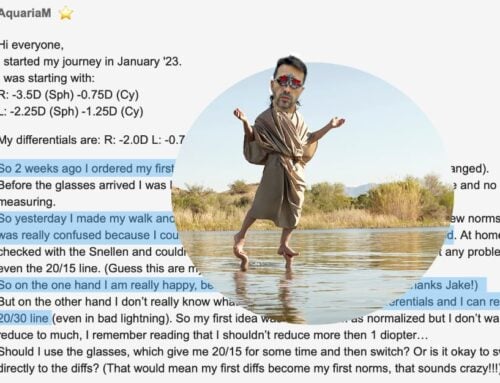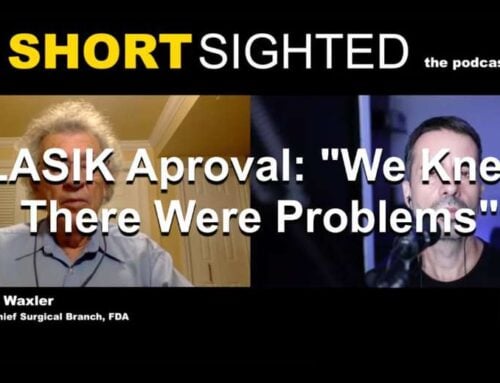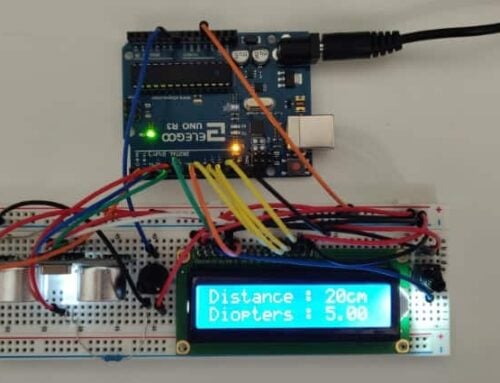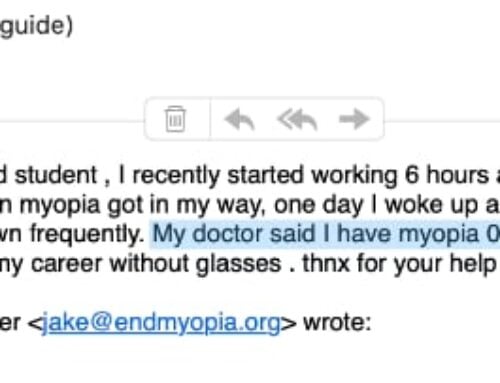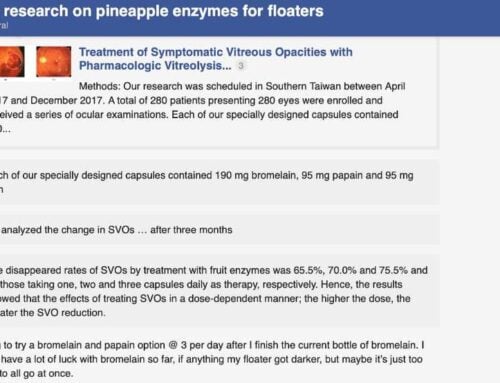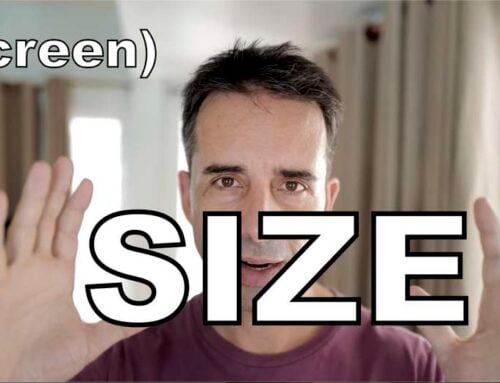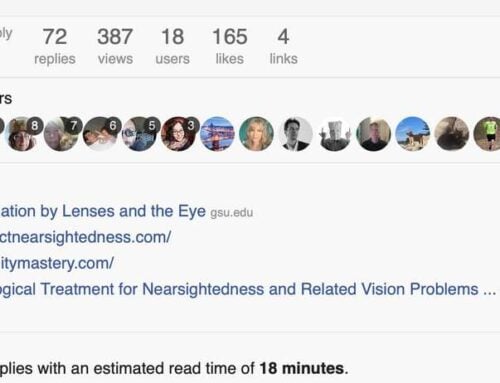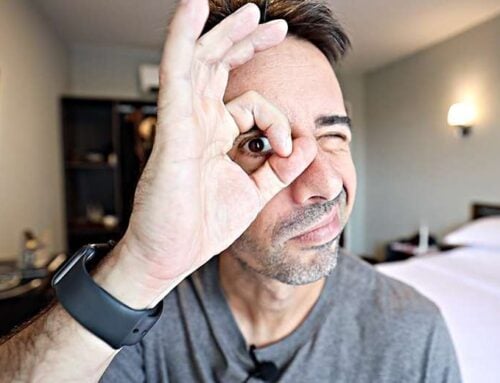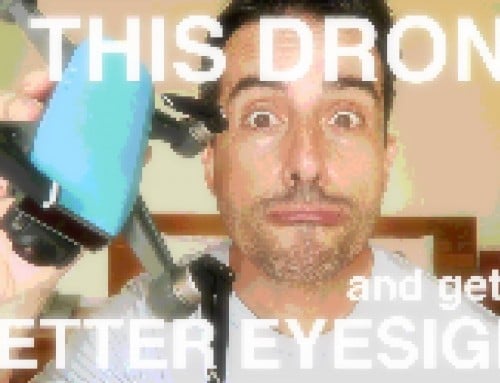The current round of Web Program topics (#52 to #60) discuss the specifics of astigmatism.
While there is no one-fits-all answer to the subject of astigmatism correction, there is a set of guidelines and principles to consider. If you are already in the Web Program, these installments will guide you through likely scenarios, and ways to check your own vision and astigmatism correction. Let’s look at some of the more common realities:
If your regular prescription is less than -1.75D, you should not need an astigmatism correction.
Of course there are a whole eight installments worth of details, caveats, and all the scenarios for those with higher prescriptions.
The point here though, is that for more than a few of us, that entire astigmatism prescription is unwarranted.
Why then, might you have an astigmatism correction?
Astigmatism tends to happen, as you go from having ciliary myopia to axial myopia – as you go from the initial eyeglass prescription up to -1.50D or -1.75D. This is not always the case, but in common scenarios, this tends to be accurate. Once your myopia no longer just comes from focusing muscle strain, but actually becomes a result of an elongated eyeball, the deformation causes axis specific focal plane change in your eye.
I won’t get into the lengthy biology and refractive discussion here – suffice it to say, that with axial myopia, comes astigmatism.
This is a problem only in so far that you shouldn’t have allowed your eyes to become so myopic that astigmatism occurs. However, as we reduce myopia, we also reduce astigmatism.
We go so far as to (gradually or radically) completely eliminate astigmatism correction, if the following is the case for you:
- You have been partaking in the whole program, up to Installment #51.
- You have had at least one normalized prescription change (for two distance prescription changes total).
- You have reduced your prescription by at least -0.75D in the program.
- You are at -2.25D or lower, normalized (and you can see at minimum 20/30 with it).
- You have an astigmatism correction of -0.75D or less.
Astigmatism correction, especially in low myopia, should be eliminated in the first six to eight months of rehabilitation. Less complex correction in your prescription, less dependence on this type of multi-axis correction, means easier transition between near-focus prescription, distance prescription, and no-prescription situations.
In other words, if you take of a ‘simple’ pair of -2D lenses, without additional correction complexities, you will more quickly, and better adjust to natural vision.
We like to reduce the complexity of your prescription, to maximize your myopia recovery.
Incidentally, and entirely without any tone of prejudice or sarcasm, I might also point out here that astigmatism corrected lenses are more expensive line items on your bill from the optic shop. More expensive, higher profits, more entanglement in a complex crutch for your eyes. One could claim profit motive, though this is most commonly not the case – at least not at the retailer level.
Reducing complexity, reducing prescription dependency, reducing eye strain. Such is the beautiful, and simple logic of recovering your natural vision.
To put this into practice, consider contributing to the Web Program. It will help you with step by step vision recovery, and your contribution helps me continue to develop this resource.
Enjoy!


